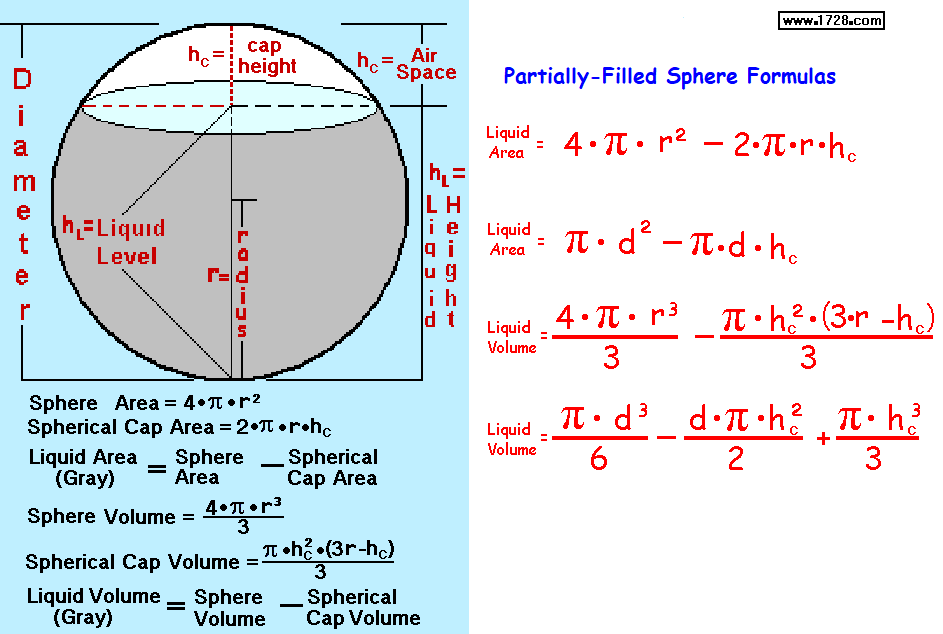

I concluded, What I've just done gets pretty close to algebra, which you haven't learned yet, but if you think about it (and maybe try actually measuring some real circles, or even make some lemonade) you should be able to see what I mean. (We had answered a question about it here.) As a formula, we would express it as \(A = \left(d – \frac C r\). I could also have mentioned an ancient Egyptian method that comes a little closer to being a formula, which I find described here and here, taken from the Rhind papyrus. All that is lacking here is a name for the constant of proportionality, which has been called pi since 1706. That is, the area of a circle is proportional to (2r)^2, which in turn is proportional to r^2.

Circles are to one another as the squares on their diameters. Proposition 2 of book XII of Euclid's Elements, which was undoubtedly known before Euclid himself, is equivalent to the formula A = pi r^2:Įuclid's Elements Book XII, Proposition 2 I pointed to an early analogue of the formula: It's hard to answer that question, because the area of a circle was known long before pi was actually used. This was a tricky question to answer, because the very idea of formulas came long after the first people to find areas. I looked through your FAQs and on Google but to no avail. I can find out about the history of Pi and the circumference of a circle, but not its area. Let’s start by taking a historical look: History of Circle Area Formulaĭo we know who figured out that pi r squared is the area of a circle? Students often wonder where the formula for the area of a circle comes from and knowing something about that can help make it more memorable, as I discussed previously about other basic area formulas.


 0 kommentar(er)
0 kommentar(er)
